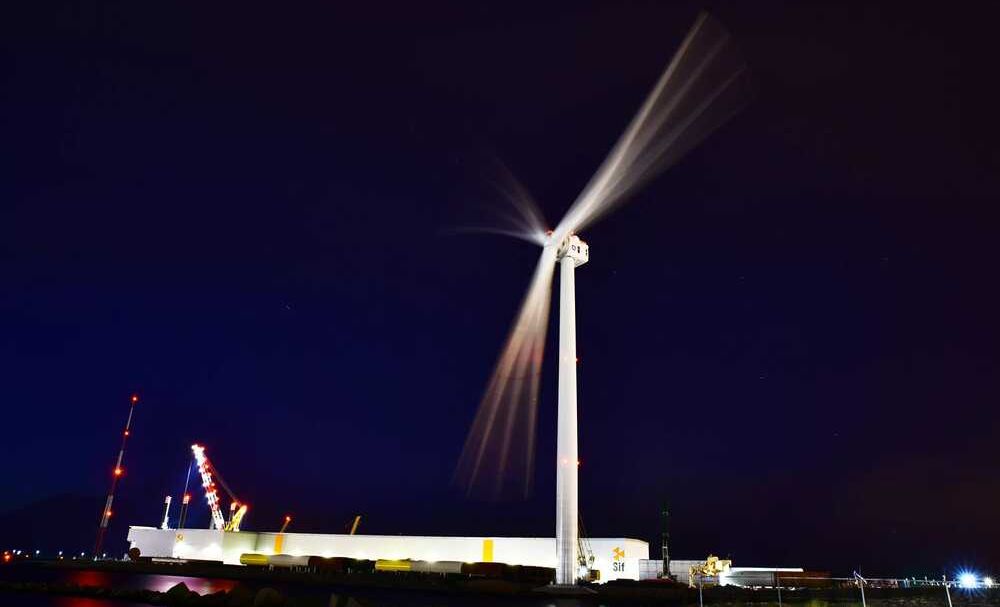It’s with excitement and gratitude we announce we’ve accepted over $100 million in Aptera pre-orders and welcomed more than 3, 000 future owners across the U.S. and abroad into our family. 🌏 Read about the movement that’s happening:
When we launched Aptera a week ago, we were hopeful the world would see the potential of an ultra-efficient vehicle that can travel farther than any other and charge itself with the power of the sun. However, we never could have imagined the outpouring of interest and support that has followed our announcement. We quickly sold out of our Aptera Paradigm and Paradigm+ editions on the first day, and things haven’t slowed down since. It’s with excitement and gratitude we announce we’ve accepted over $100 million in pre-orders with over 3, 000 vehicles reserved by future Aptera owners in the U.S. and internationally. We’ll be ramping our production with a new facility in San Diego and two more development vehicles in the coming weeks, working towards our goal to begin deliveries in 2021 and early 2022. If you want to learn more about our mission, click below watch our video on YouTube (it’s going viral with over 500, 000 views and counting!) Our deepest thanks to all of the fans who have believed in us and made it possible to start this movement towards a more efficient future.







